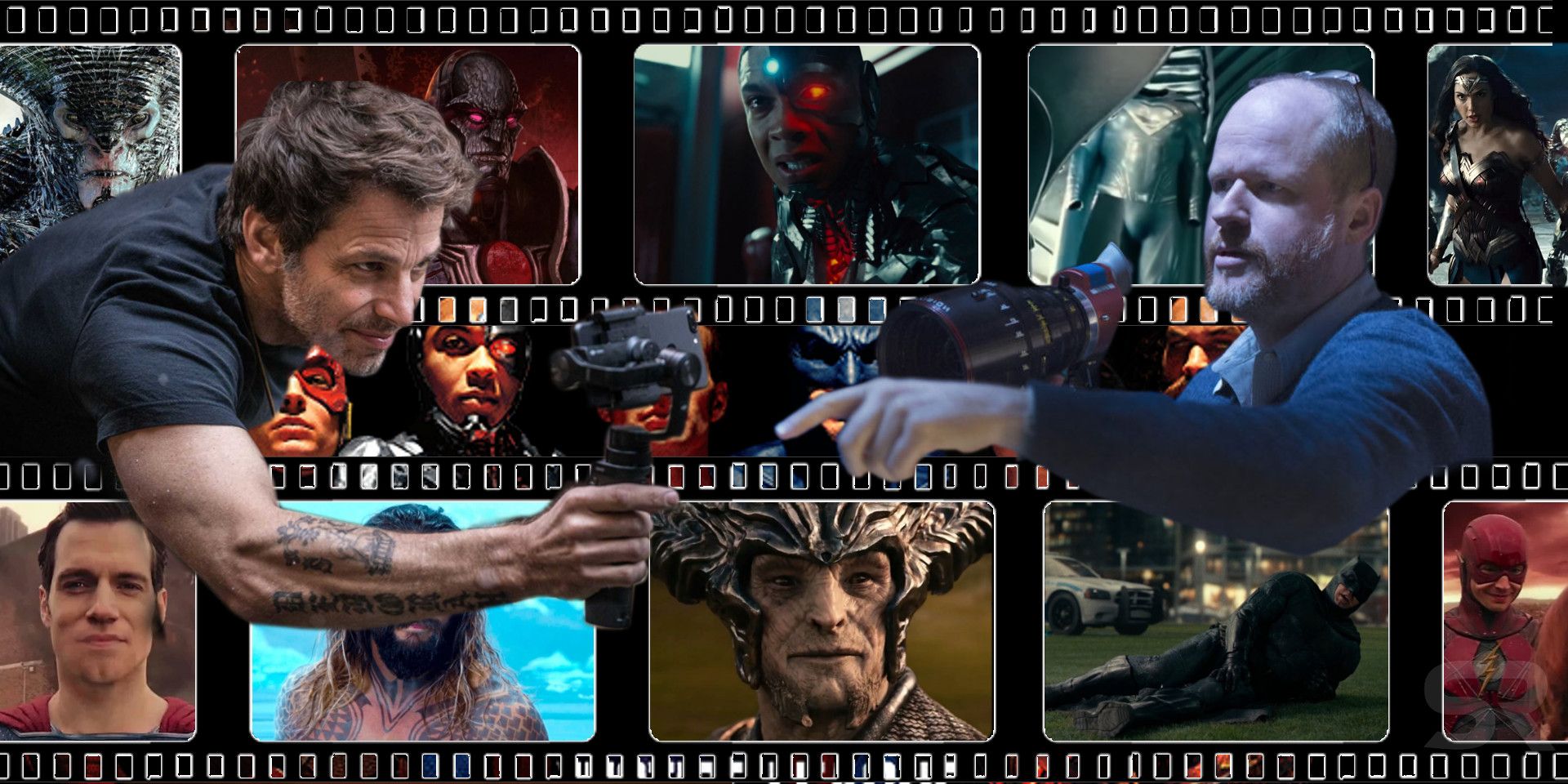
When Zack Snyder left the production of Justice League, everyone close to production claimed Joss Whedon was merely completing the film Snyder started, but it turns ot the movie saw significant changes in reshoots, overhauling the movie’s story and appearance. While many of these changes were readily apparent in the movie itself, which has been dubbed a “franksenstein project,” a number of leaks and other reveals in the year since have revealed that the changes were even more significant.
A conservative estimate says 30 minutes of Justice League’s theatrical cut is a product of Whedon’s reshoots. Assuming a rumored runtime of around 3 hours for Zack Snyder’s original cut, that means over an hour and a half of Snyder’s original movie is entirely missing, and even more was tweaked and altered to a new context. It shouldn’t be a surprise fans are calling for a Snyder Cut of the movie.
Related: Zack Snyder's Cut Of Justice League Was More Complete Than You Realize
There’s been much debate over whether or not a Snyder Cut exists, but Snyder completed 100% of principal photography before he left and storyboard artist Jay Oliva and Cyborg actor Ray Fisher both say he got all the footage he needed for a complete cut, meaning the question of the Snyder Cut’s level of completion is dependent on how far into post-production he was.
Regardless, Warner Bros. currently has no plans to release the movie, so fans could have to wait a few years for the Snyder Cut to finally be completed and released, like the Donner Cut of Superman II or the Blade Runner Final Cut.
In the meantime, here’s all the confirmed changes to the movie. Numerous minor tweaks, snips, dialogue inserts, and other little changes have been made, and countless more have been speculated or rumored, so it’ll be almost impossible to chronicle every single tiny difference. The focus here will be on the more significant changes, revealing what Zack Snyder’s Justice League was supposed to look like, sound like, and be about.
- This Page: Junkie XL and Steppenwolf's Design
- Page 2: Parademons, Lex Luthor, and Superman
- Page 3: Darkseid, Flash, and Cyborg
- Page 4: Aquaman, the Knightmare. and Lois and Martha
- Page 5: The Kent Farm, The Batcave, and S.T.A.R. Labs
- Page 6: Silas Stone's Death and Superman's Return
- Page 7: The Final Battle, Closing Monologue, and Post-Credits
Junkie XL Was Replaced by Danny Elfman

The first sign of trouble after Whedon took over Justice League was the departure of the film’s original composer, Tom Holkenborg, AKA Junkie XL. After collaborating with Hans Zimmer on Man of Steel and Batman v Superman: Dawn of Justice, Junkie was all set to take the reigns for Justice League.
His work is known for bearing a strong electronic influence with heavy drums. He was replaced by Danny Elfman, whose music is more whimsical strings. While Elfman brought back some classic DC themes for Batman and Superman, his score lacked the gravitas that defined the previous movies in the franchise.
Related: Reusing Classic Batman and Superman Scores Didn't Work For Justice League
Junkie XL said he planned to record the soundtrack in July, and he was fired in June, so there was likely significant work completed, but it wouldn’t have been 100% completed or polished before he left.
Steppenwolf's Design Was Changed From The One in Batman v Superman
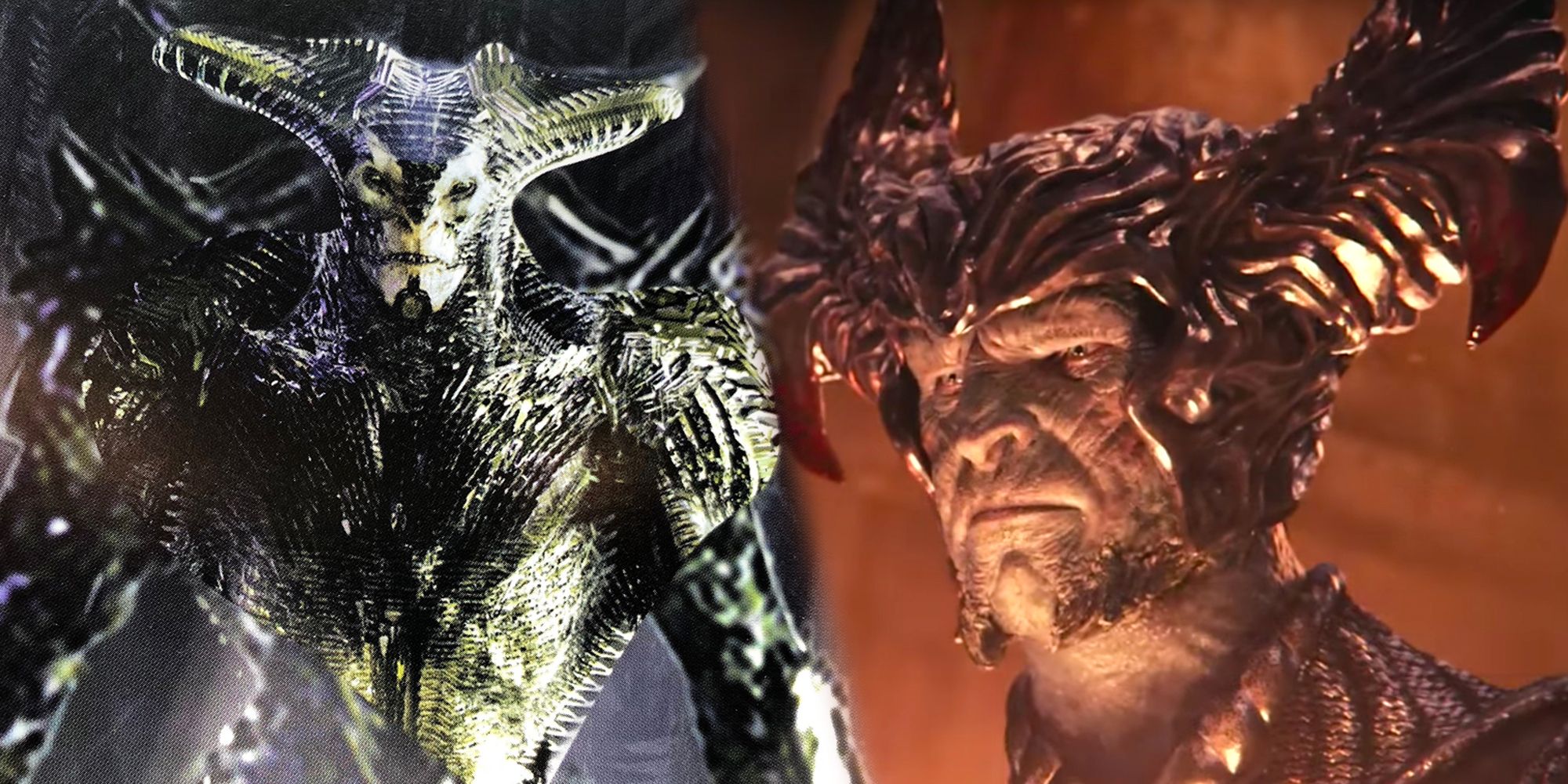
One of the most notable changes happened during pre-production, and that’s the overall re-design of Steppenwolf. As many fans have noticed, the version of Steppenwolf glimpsed in the Batman v Superman: Dawn of Justice, Ultimate Edition is drastically different than the version in Justice League. While there’s some early pre-viz of some scenes with the old Steppenwolf designes, those aren’t actually for use in the film, they’re basically digital storyboards to help visualize action scenes in pre-production. The actual VFX made for the end product starts from scratch again.
There’s behind the scenes footage from during pre-production where concept art for the new version can be glimpsed on the wall. The change in design likely happened early enough that it was before the release of Batman v Superman, and it could have been early enough to influence in the decision to cut the Steppenwolf scene in that movie.
Page 2: Parademons, Lex Luthor, and Superman
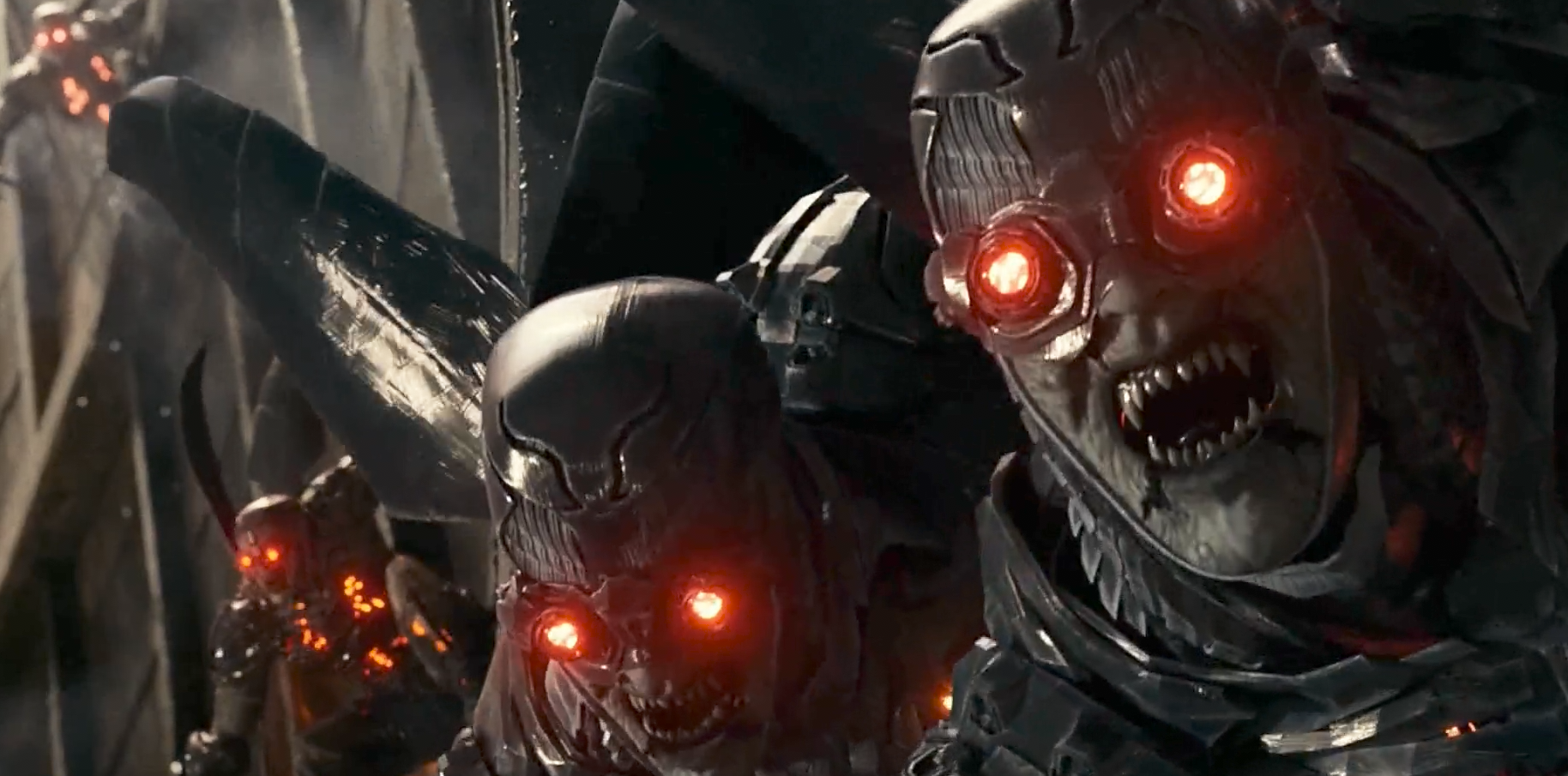
The Parademon's Hate the Siren and Smell Fear
One of the first scenes in the movie made a change that also tied through the majority of the movie and was used to streamline the plot, and that’s the rooftop scene where Batman captures a parademon. Thanks to an interview with the actor that played the thief in that scene, we know it was a Whedon addition, and that means the concept of a siren that attracts the parademons and the fact that they smell fear was also introduced through reshoots.
Those concepts would be brought back in the final act, reducing Batman’s role to playing that same siren noise to attract the parademons, then also with Steppenwolf attracting the parademons to himself because he felt fear. It's still not known what plot elements were replaced by this.
The Opening Credits Were Mostly Joss Whedon
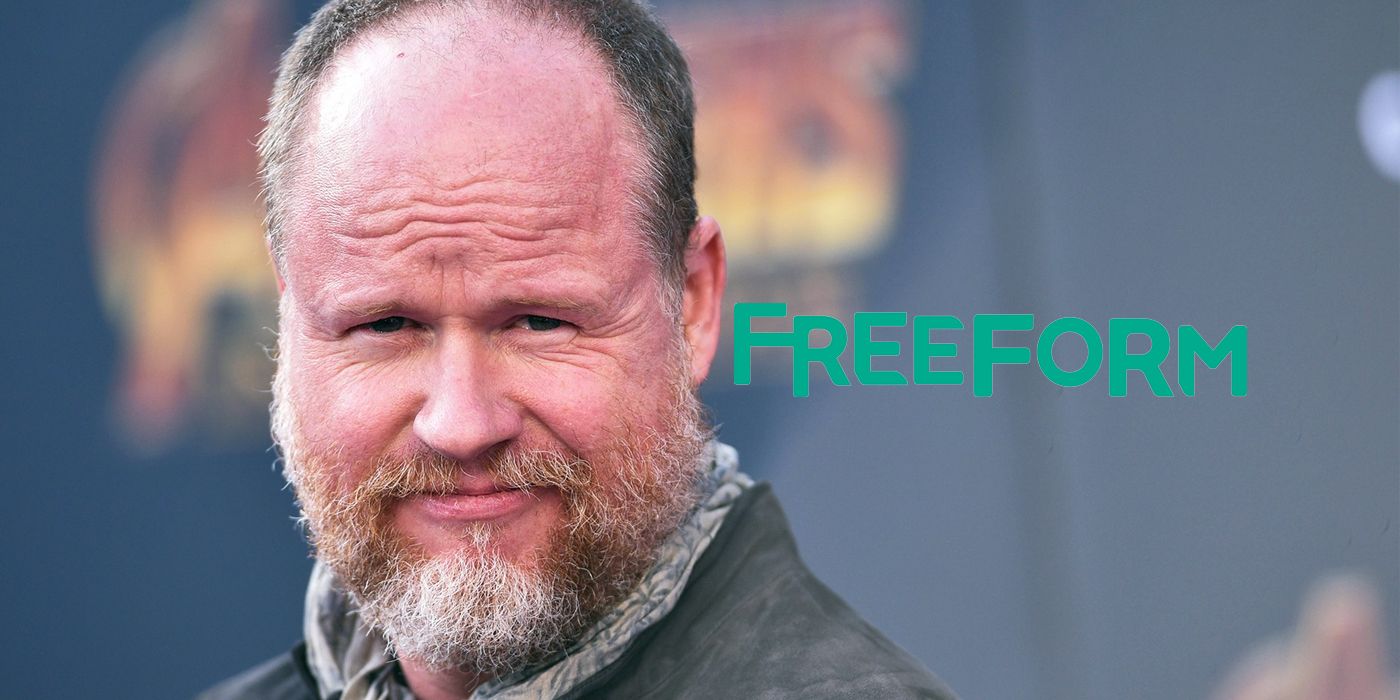
Zack Snyder is famous for his opening credits scenes. While he’s controversial on the whole, most people agree that his opening credits for Dawn of the Dead and Watchmen are masterworks. That makes it odd that Justice League’s opening credits weren’t all his design.
It’s possible some of the footage used in the opening credits is his, some of it even repurposed from other moments of the movie, but the song, “Everybody Knows” by Sigrid, was actually selected by Whedon, as he revealed on Twitter.
Lex Luthor's Role Was Much Bigger
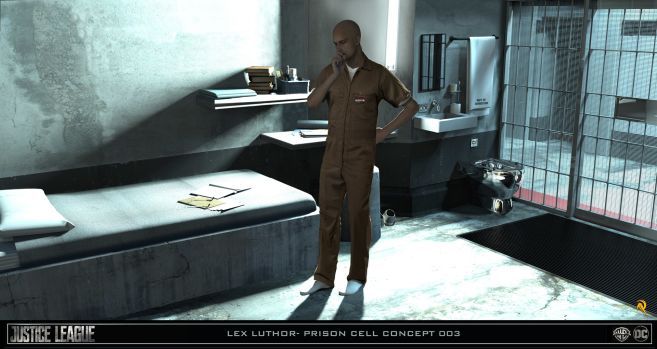
Instead of Batman learning about parademons by catching them and making them explode, he was actually learning from Lex Luthor’s journal, and possibly from Lex himself. It’s not clear how much of Lex was cut, but we know Batman was using his journal because we see it in a couple scenes, and he also makes a reference to it at one point. The thing is, the journal contains information about the Mother Boxes Luthor didn’t learn about until the end of Batman v Superman: Dawn of Justice, so it couldn't have been confiscated with the rest of Luthor's possessions.
Thanks to concept art, we know Lex was supposed to be in a cell in Arkham with a journal where he was likely recording all the information he was exposed to on the Kryptonian ship when he connected with Steppenwolf. That means Batman likely paid him a visit to interrogate him and get the journal sometime early in the movie. Luthor’s role was reduced to a simple post-credits scene, but his influence was likely far more significant in the first half of the movie.
Superman's Story Was Almost Entirely Re-shot
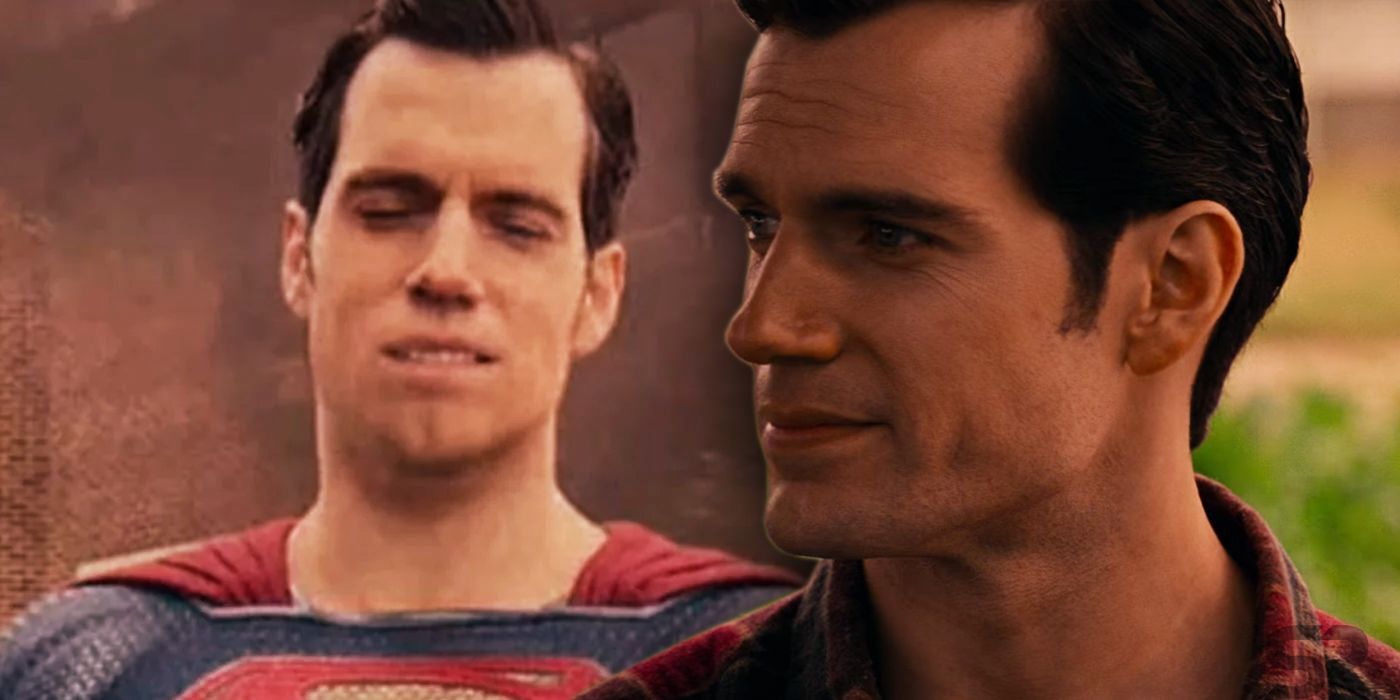
The changes to Superman are hard to pin down because they’re some of the most pervasive in the whole movie, and the fact that he wasn’t in any marketing means there’s no original footage to compare against. What is evident, though, is what is Superman reshoots, because Henry Cavill’s mustache for his role in Mission Impossible 6 couldn’t be shaved, meaning there’s an awkward digital upper lip on all Superman’s new scenes.
Related: How Superman Returned In Zack Snyder's Justice League
Based on the upper lip changes, it’s evident that almost all of Superman was reshoot, particularly dialogue, aside from a moment or two in the final battle, part of the scene with Bruce at the Kent farm at the end, and the very last shot of him pulling his shirt open to reveal the Superman symbol in classic fashion.
Page 3: Darkseid, Flash, and Cyborg
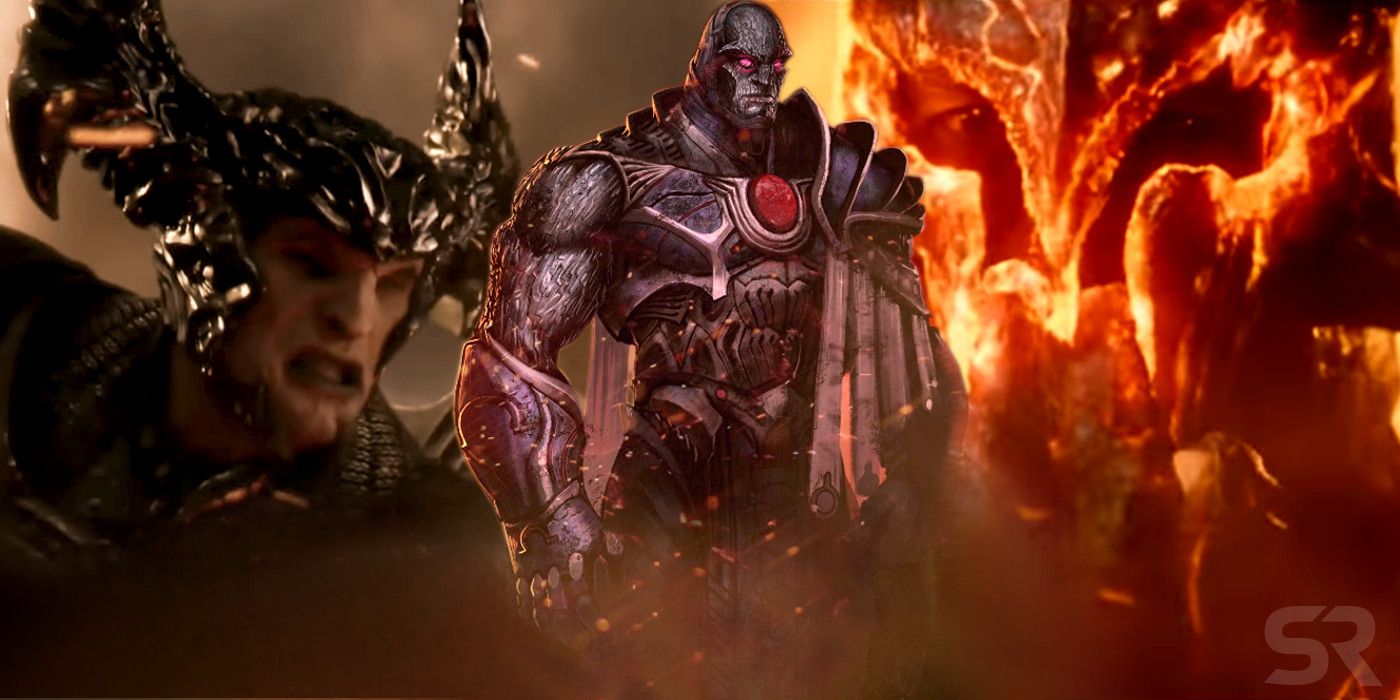
Darkseid Was in The Movie And Played An Important Role
Outside of a vague shout-out by Steppenwolf, Darkseid makes no appearance in the theatrical cut of Justice League, but he was supposed to play a much, much bigger role in the Snyder Cut. It’s not clear if these scenes ended up on the cutting room floor, or were removed from the script in earlier stages, or a little of both, but Darkseid would have made multiple appearances in Zack Snyder’s movie.
The first reference that we know of would have come in a cutscene where Wonder Woman explores a shrine containing murals of an ancient invasion of Earth. On that mural, there’s an image of Darkseid leading his parademons, along with greek text describing the events of the battle.
Related: Justice League: Zack Snyder's Invasion Flashback Had Darkseid vs Ares
In the theatrical cut, the battle was led by Steppenwolf, but according to the mural, Darkseid actually led the battle. Or, Uxas, the younger, pre-Darkseid version of the character, per a comment made by Zack Snyder. In this battle, Darkseid would have faced off against the Greek gods, specifically Ares in an epic battle before being driven away from the Earth.
Given the prominence of Darkseid earlier in the movie, it’s possible he had more interraction with Steppenwolf throughout, but that hasn’t been confirmed yet. His last appearance also isn’t confirmed, but it’s a fairly logical certainty. Stepenwolf’s defeat is clearly heavily edited at the end of the movie, and a report before the movie came out said that the ending was being reshot to remove a Darkseid cliffhanger. When presented with a missing behind-the-scenes shot from this moment, Snyder said the League was looking at a Boom Tube. It was likely more than just Boom Tube, and this is where Darkseid would reveal himself to the League.
Cyborg’s Origins and Backstory Were Cut

Before Justice League's release, Zack Snyder said Cyborg was supposed to be the heart of the movie, so it was surprising to fans when Cyborg got surprisingly little setup and may have suffered from some of the most significant changes outside of Superman. A number of deleted scenes show him discovering his powers, learning about his ability to fly, tap into computer networks, deploy weapons, and more.
Another deleted scene shows Cyborg learning the history of the Mother Boxes, including their apparent discovery by Nazis and more. Since he’s born of a Mother Box, this isn’t just the box's history, but his as well. A storyboard from this scene shows that it follows the Mother Box up until it transforms Victor Stone into Cyborg, showing an alternate version of his origins from the lab cam feed in Batman v Superman: Dawn of Justice in a scene that likely resembled Doctor Manhattan's transformation in Watchmen.
Ray Fisher was also supposed to have more time as Victor Stone, with a scene of him playing football leading into a car accident that kills his mom and severely injures him before we see a new perspective of his birth as Cyborg.
All of this was condensed down into the theatrical cut’s apartment scene with Silas Stone, with brief exposition establishing the hight points of his backstory.
Flash's Backstory and Iris West
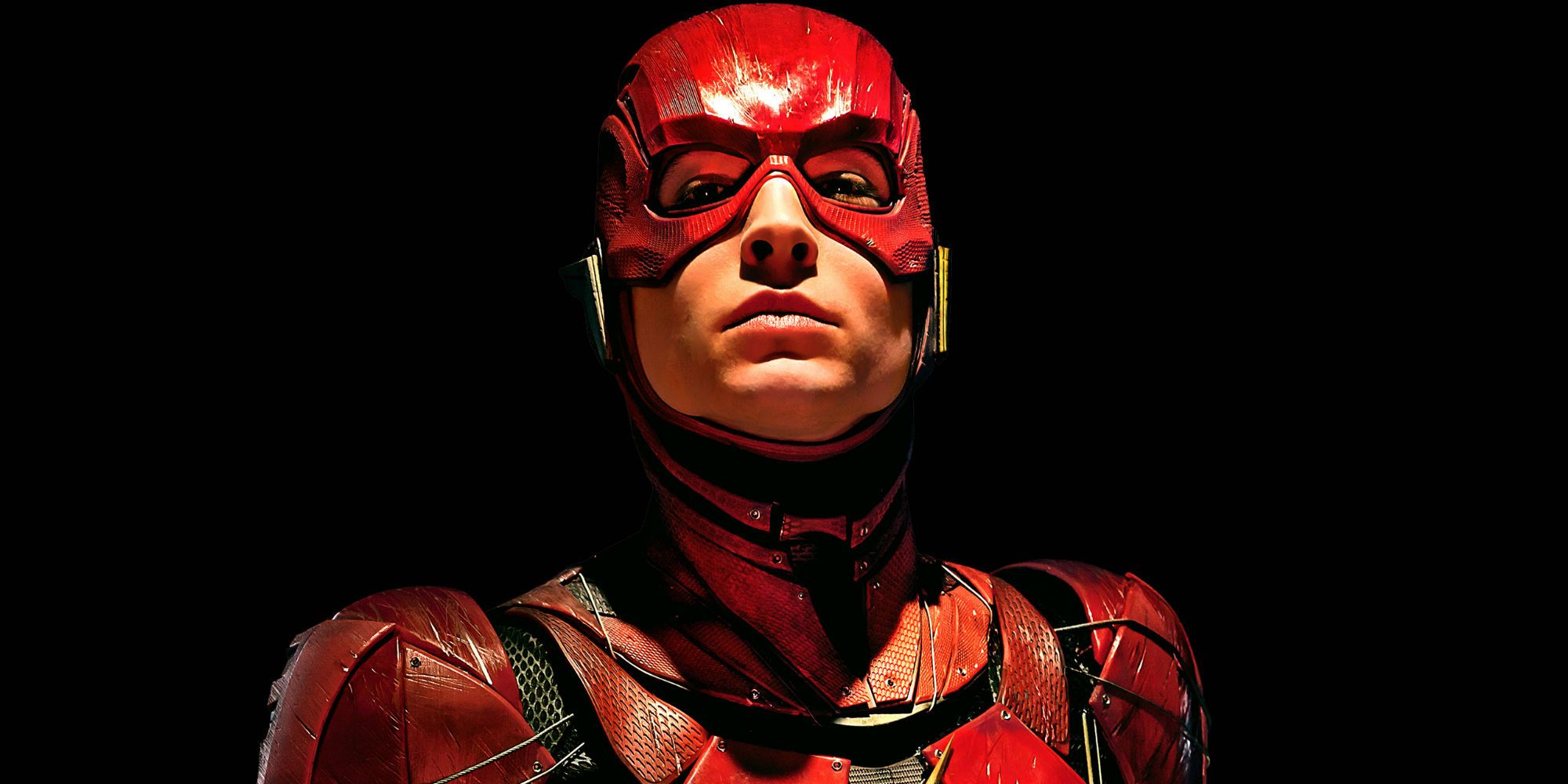
Another leaked deleted scene would have shown Barry Allen zipping out of a corner store to save Iris West from near death in a car accident. Iris West ended up being entirely removed from the movie, so it’s not known if she played a significant role outside this scene, or if it was just a flashback about Barry learning his powers, but it was definitely more backstory than what ended up in the final film.
Page 4: Aquaman, the Knightmare. and Lois and Martha
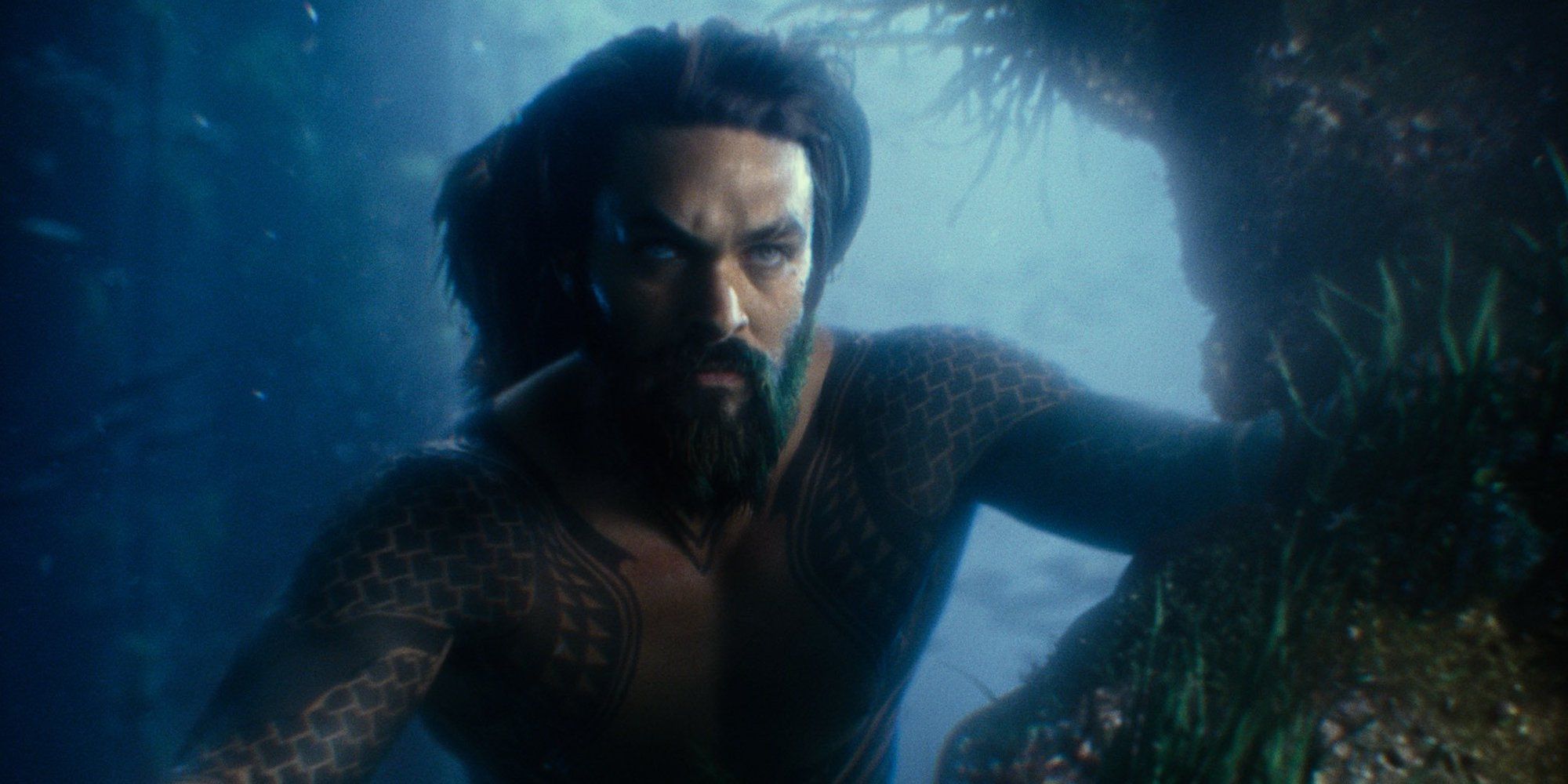
Aquaman Backstory and Atlantis Lore
Aquaman also saw a significant bit of his backstory cut. The reshoots made major alterations to the Djúpavík Iceland scene, including a likely appearance from Mera. Zack Snyder posted images of Amber Heard in full Mera costume from Iceland, but due to lack of context, it’s hard to know what role she played in that part of the film, since the theatrical cut bears no trace of her presence. Blockbuster costume, hair, and makeup departments don’t just get someone in character for fun, though, and Amber Heard heard had no business being in Iceland otherwise.
Related: Justice League Reshoots Erased Aquaman's Mythology
Willem Dafoe’s Vulko also shot scenes for Justice League, but was entirely removed. Nothing is known about the nature of his scenes, though.
When it comes to Atlantis, Justice League was never going to reveal Atlantis itself, since Zack Snyder was leaving that to James Wan’s Aquaman solo movie, but there was way more Atlantean lore in the original cut.
As shown in a VFX test posted by Zack Snyder before he left the project, Aquaman approached the Dead King’s throne, but the scene was altered for the theatrical cut so a dead Atlantean soldier is floating in front of where the Dead King was before.
Since Aquaman has his armor and quindent when he joins up with the Justice League, he presumably was going to Atlantis to get those. Knowing he encountered Mera back in Iceland, his pit stop in Atlantis may have been related to whatever they talked about there.
The Whole League Was at Clark Kent's Grave

The theatrical cut doesn’t dedicate much time to the retrieval of Superman’s body, other than a brief scene with Flash and Cyborg actually digging up his grave, but according to a photo released by Snyder, the whole team was supposed to be there.
Considering Kansas is halfway across the country from Metropolis and Gotham, this whole moment in the movie was likely more significant. As it is, Cyborg and Flash basically teleport to Clark’s grave for a brief scene, then basically teleport back with the body. Adding the rest of the League to this scene means there’s definitely more missing from this section.
Justice League Originally Continued Batman v Superman's Knightmare Plot

Batman v Superman: Dawn of Justice included the infamous “Knightmare” scene where Batman is seen leading a resistance in an apocalyptic future ruled by Darkseid to acquire Kryptonite before he’s attacked and captured by Parademons and killed by Superman. Bruce Wayne jolts awake in the Batcave at the end, only to be greeted by The Flash, breaking through time and space to deliver a cryptic message.
Related: What Was Zack Snyder's FULL Plan For the Knightmare Scenes?
It shouldn’t surprise anyone to know that wasn’t the end of Snyder’s plan for the Knightmare. His originally intended 5 movie arc likely would have been littered with similar scenes, leading up to some grand culmination in the end. Justice League ultimately had no connection to the Knightmare scene from Batman v Superman: Dawn of Justice, but thanks to a leaked storyboard, we know what it would have featured.
This new Knightmare scene would have started after Cyborg plugged into the Kryptonian scout ship before showing the rubble of the Hall of Justice before the camera panned to show the same Omega Symbol in Gotham Harbor from the last Knightmare scene. Darkseid appears in the storyboard, and he appears to use the Mother Boxes to form the unity and terraform the planet.
Lois and Martha's Side Story Was Replaced

Lois and Martha both had a really small role in the theatrical cut of Justice League after being major players in both Man of Steel and Batman v Superman: Dawn of Justice, which is understandable because of all the new characters, but the footage of them that ended up in the theatrical cut was mostly Joss Whedon reshoots.
While the Joss Whedon scene was mostly the two characters talking about Clark, with the TV news making an alien probing joke and Martha making the “thirsty” joke, we still don’t know what was being reshot. Snyder released an image of Lois and Martha in Lois’ Metropolis apartment, but without context, their original story is still entirely unknown.
Page 5: The Kent Farm, The Batcave, and S.T.A.R. Labs
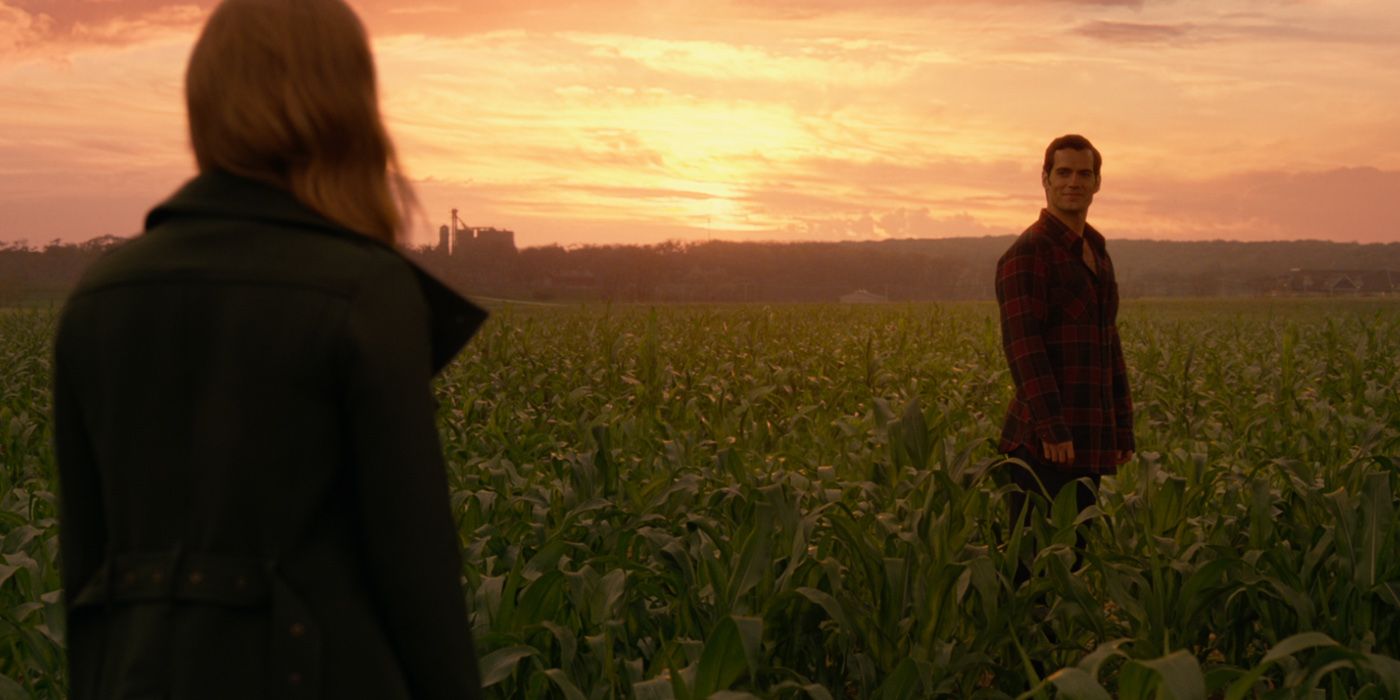
Clark and Lois' Kent Farm Reunion Was Reshot
One of the weirder major changes was of a major moment highlighted in one of the last trailers - Lois and Clark in the cornfield on the Kent farm. While a similar scene was in the final movie, it was almost entirely reshot, cutting out the version of the scene from the trailers.
The new version of the scene most notably removes all connections to Batman v Superman: Dawn of Justice by cutting the references to Lois’ engagement ring, which Clark died before he could give her.
They Tried to Make the Wayne Aerospace Hanger Look Like the Batcave

One of the messiest alterations was the decision to recontextualize the Wayne Aerospace Hanger as a part of the Batcave. This is done through an establishing shot from over Bruce Wayne’s lakeside house and the lake over the Batcave before cutting to a scene in the hanger, or the addition of CGI bats flying overhead at one point, but even without the original context, it’s clear the building is not underground. Not only is it way bigger than the rest of the Batcave, but also there’s high windows with bright light clearly streaming in.
Alfred Meets the Team
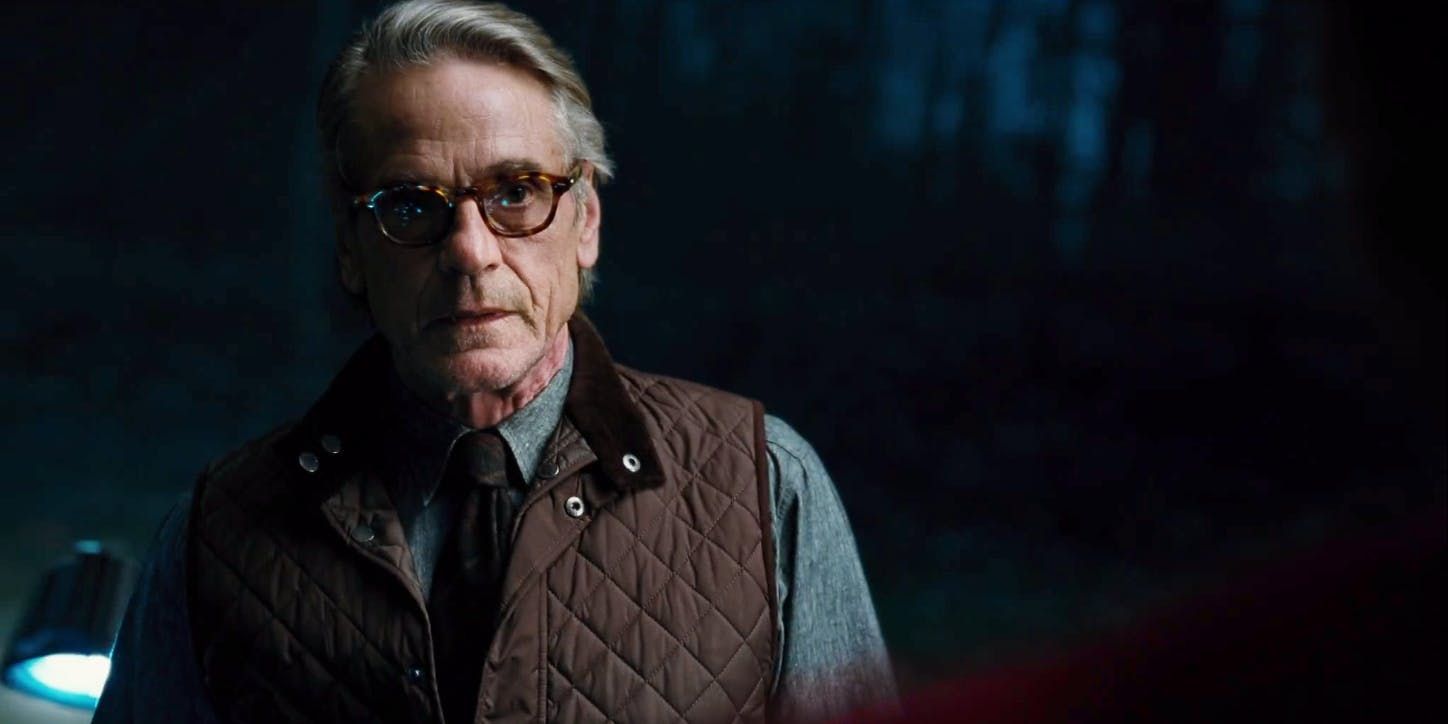
A deleted scene surfaced online depicting Alfred meeting the team for the first time. In the theatrical cut, connective scenes like this are largely glossed over due to a strict 2-hour runtime mandate by Warner Bros., but Alfred meeting the likes of The Flash, Aquaman, and Cyborg is obviously a significant moment that longtime fans would have loved.
Missing Scenes of the League in S.T.A.R. Labs
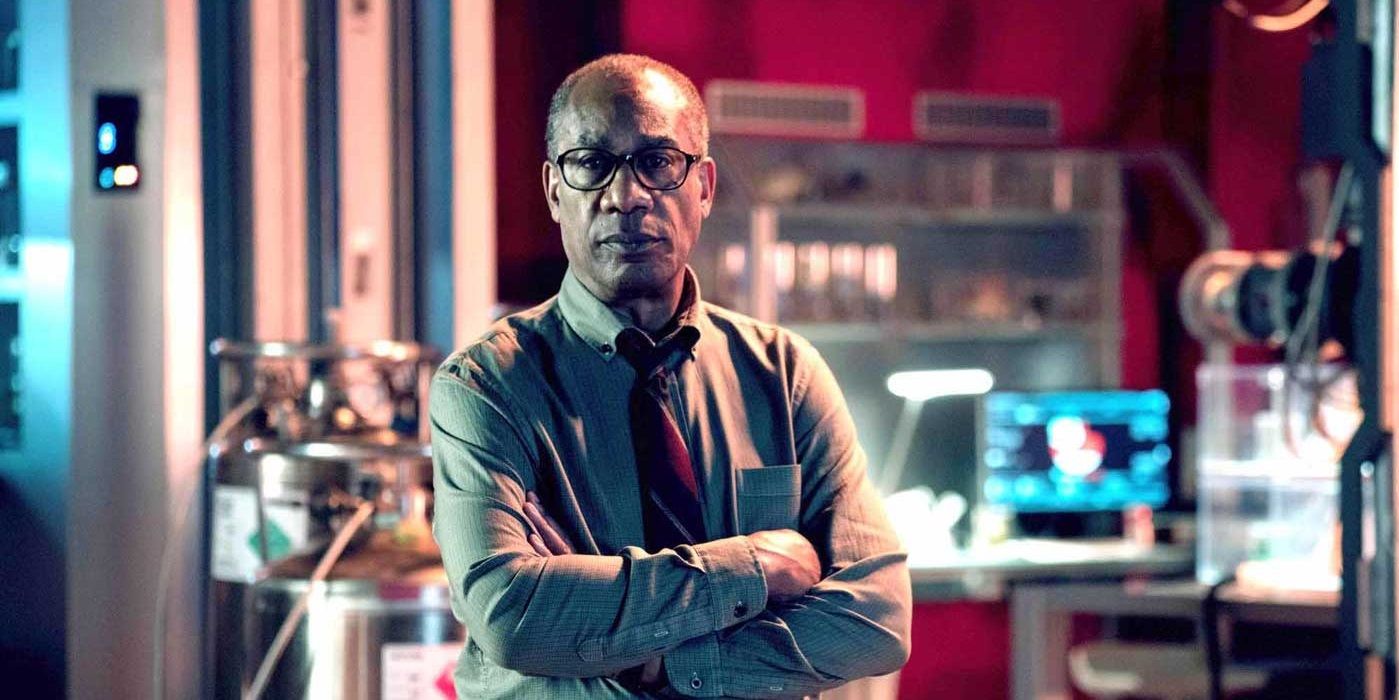
The League was also supposed to spend some time together in S.T.A.R. Labs, except due to the way the theatrical cut is edited, there’s no clear place in the plot for it to fit. From the small clips in trailers and behind the scenes images, there’s a few clues to go by, though, particularly a shot of Cyborg carrying a Mother Box.
This means it almost certainly happened at some point after the formation of the League, but before Superman’s resurrection. This is one of the scenarios where the plot was so significantly changed that the original purpose of the S.T.A.R. Labs scenes is no longer evident, but it’s possibly the League consulted them on bringing Superman back from the dead or the origins of the parademons.
Some of the images even show battle damage and signs of an action scene, so, again, a lot happened in S.T.A.R. Labs that we don’t know about yet.
Ryan Choi, AKA The Atom, Was Cut
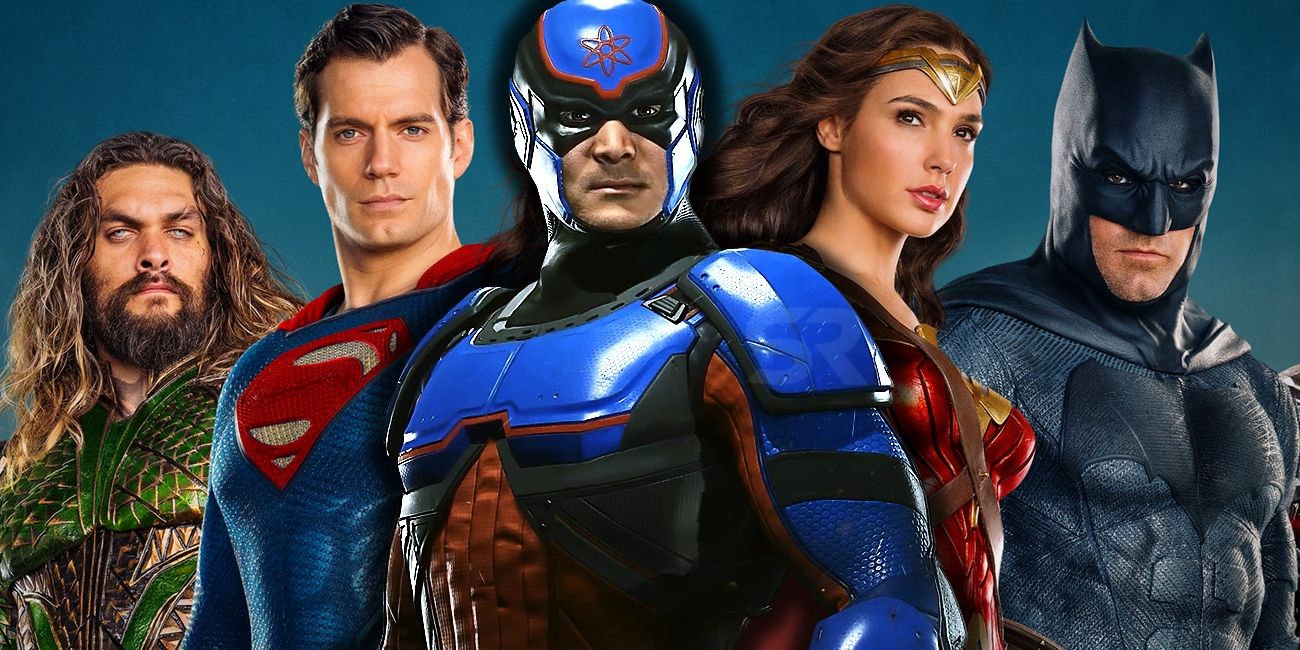
One of the things cut from S.T.A.R. Labs was a scientist named Ryan Choi, who fans might remember as the second person to take the mantle of the size changing superhero, The Atom.
Related: How Atom Fit in Zack Snyder's Justice League and Possible DCEU Future
Choi would have worked closely with Silas Stone, and his involvement would have been more than a mere cameo, as Snyder confirmed he was supposed to have dialogue. That doesn’t mean he had a major role or even suited up as The Atom, though. His part most likely amounted to Jena Malone’s role in the Batman v Superman: Dawn of Justice, Ultimate Edition (also cut from the theatrical version of the film), or Carrie Ferris in Man of Steel and Batman v Superman.
Page 6: Silas Stone's Death and Superman's Return

Silas Stone Originally Died
Silas Stone wasn’t only supposed to have a bigger role due to more Cyborg scenes and more S.T.A.R. Labs scenes, but he was also supposed to be killed off, serving as a major motivation for Cyborg in the rest of the movie.
The death scene most likely happened during the cut S.T.A.R. Labs battle scene, which is why there’s no clear point where his death was reshot.
There Was a Cut Military Subplot From Justice League
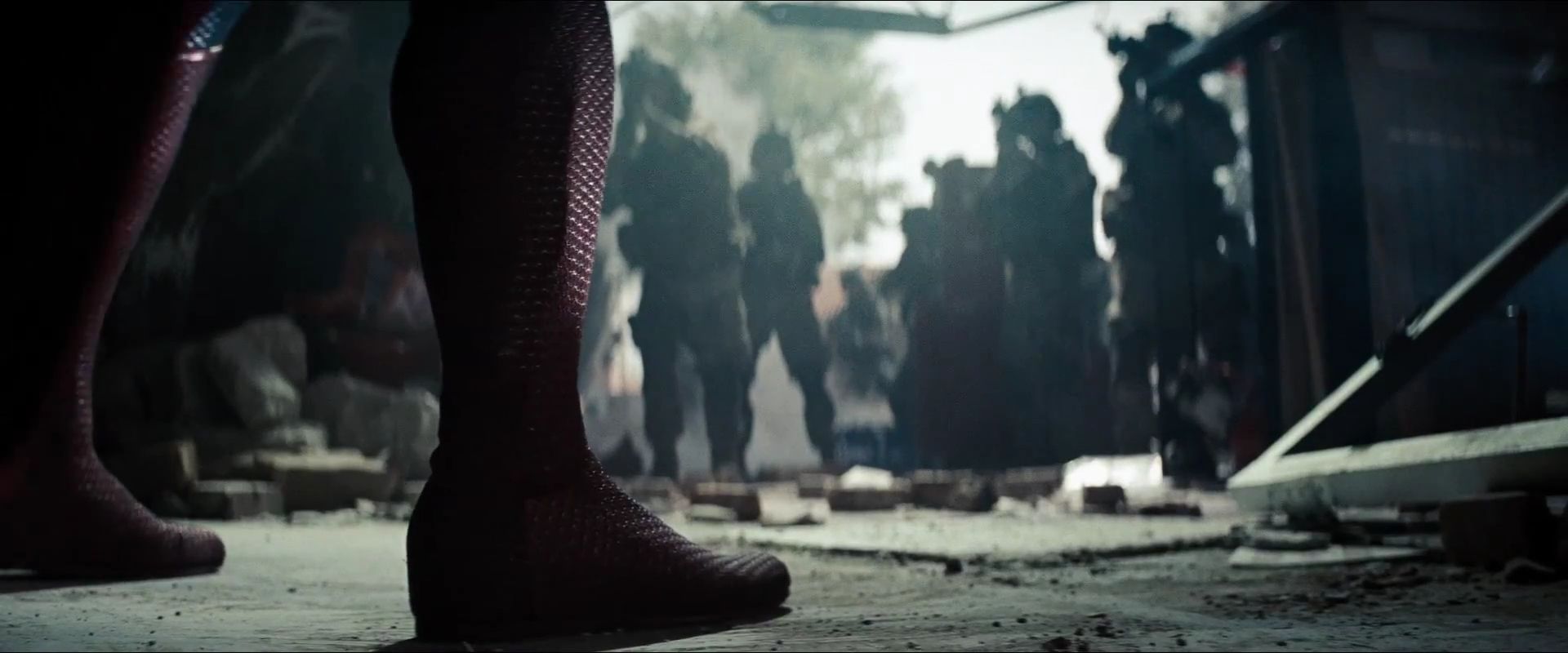
After watching Man of Steel and Batman v Superman: Dawn of Justice, one of the biggest changes to Zack Snyder’s approach is that there’s no larger media, government, or military presence, and it turns out, there was a significant military subplot removed.
According to actor Sam Benjamin, who is credited in IMDB as Military Policeman #2, says he shot an entire 20-minute military subplot including scenes with the villains and an action scene.
The Justice League vs Superman Battle Looked a Lot Different

The scene where Superman fights the Justice League in Hero’s Park was significantly altered in a number of small ways. While the overall concept of the fight was largely the same, a lot of the dialogue was reshot, the military (who would have also been attacked by Superman) was removed, and the scene was significantly brightened to take place at day instead of night.
The resolution to the battle was also changed, with Alfred rushing in with Lois, “the big guns.” Former Jimmy Olsen actor, Marc McClure has confirmed he was supposed to be a police officer that acted as Lois Lane’s chauffeur throughout most of the film, and we know from the trailers that he was already on the scene much earlier, as there’s a shot of Cyborg saving him from a flaming humvee. It’s possible, if not likely, that Lois played a role in Superman coming to his senses, but it didn’t happen as portrayed in the theatrical cut.
Superman's Black Suit Made an Appearance
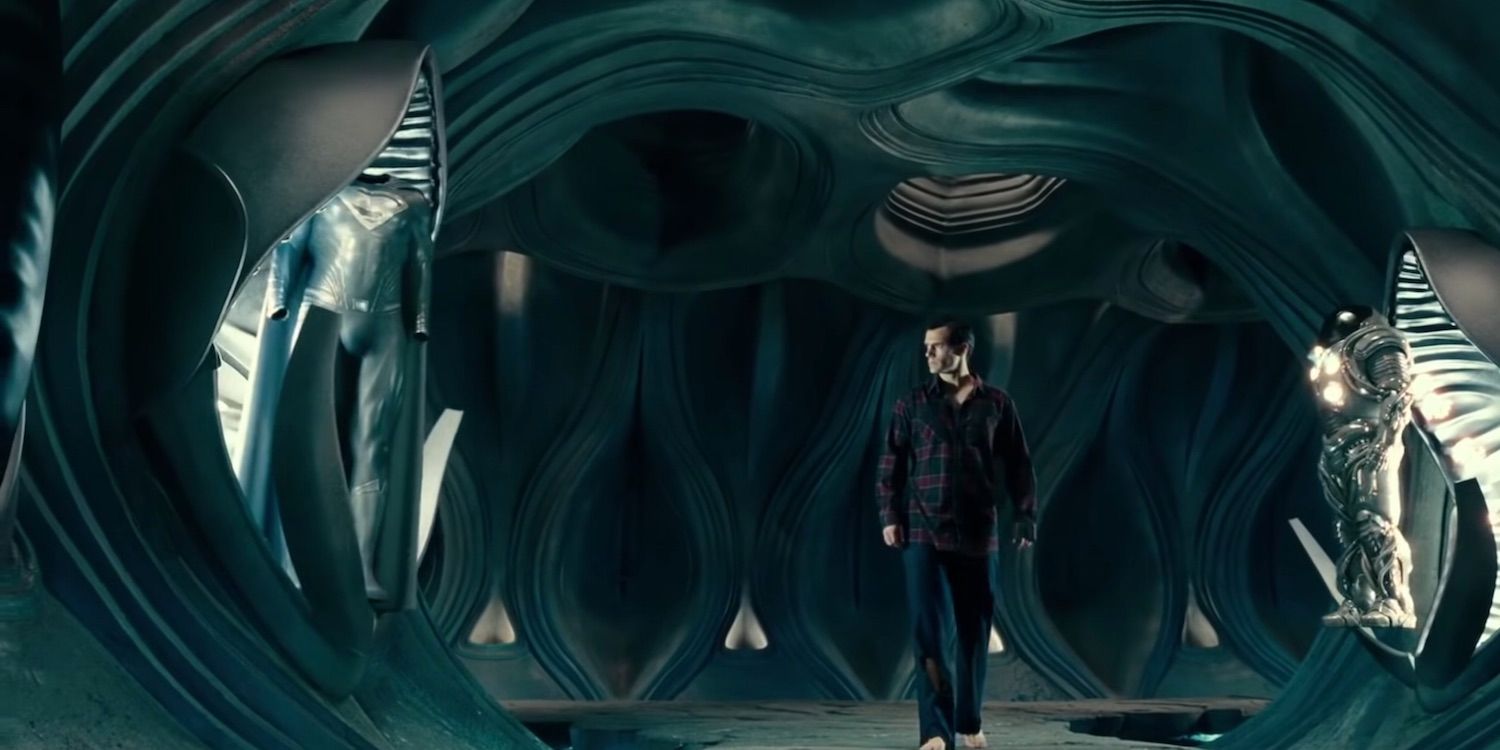
When Superman famously returned from the in the comics, he wore a black suit, so fans were curious if he’d wear something similar in Justice League, only to find it was entirely absent in the theatrical version of the movie. Nevertheless, one of the deleted scenes included in the movie’s home release saw Kal-El return to the Kryptonian ship to recover his Superman suit, and a black version of the suit can be seen in the background.
The black suit appears to simply be an Easter egg, but with so much of Superman’s role reshot, it’s possibly Snyder had bigger plans for the black suit before leaving the project.
Superman's (Second) First Flight
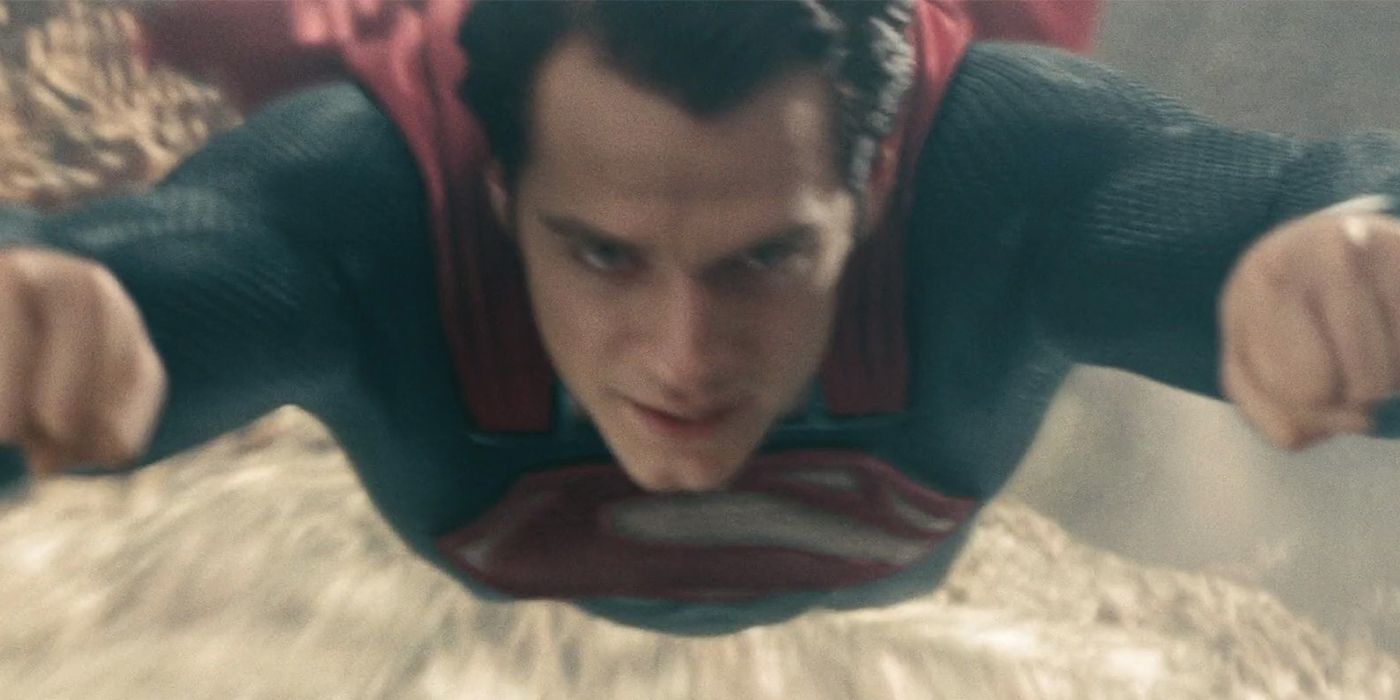
One of the biggest fan favorite moments in Man of Steel was Superman’s “first flight,” after findng his suit on the scout ship and he takes to the skies for the first time. While Superman is brought back from the dead in Justice League, fans felt like the movie was missing (among other things), a “First Flight 2.0.” As it turns out, that exact scene was shot, as confirmed by a Zack Snyder storyboard, and would have taken place immediately after the deleted black suit scene, but utimately wasn’t in the movie.
Superman Meets Alfred

Another released deleted scene bookends Superman’s first flight and the black suit scene, and it contained Superman meeting Alfred. A part of the scene was included in marketing, so it was one of many scenes glaringly missing in the final cut, and it depicted Alfred working on a car at Bruce Wayne’s lakeside house when Superman arrives. After introductions, Alfred tells Superman “he said you’d come. Now let’s hope you’re not too late.”
This line of dialogue obviously nods to even more deleted content, but likely references Bruce telling Alfred that Superman would indeed return, indicating Superman is still a beacon of hope, at least for Batman.
Page 7: The Final Battle, Closing Monologue, and Post-Credits

Significant Changes to the Final Battle
The film’s third act was so aggressively changed that it’s hard to detail every minor variation, but both story and visuals were impacted. The Russian family was entirely added by Whedon. When Snyder was asked about them on Vero, his reaction was “what Russian family?”
He also confirmed that the Apokaliptian root-like things that shoot out of the ground weren't his, simply responding to a fan “yeah, I don’t know what that root stuff is.”
The roots may have been just a small part of a larger visual divergence. Almost all concept art depicts a darker final act with a strong H.G. Geiger influence, and early trailer shots from the scene have a blue/night time appearance, while the final version is very red with extra CGI roots. It hasn’t been confirmed by Snyder whether or not the recolorization was something he was going to do as well, but it’s definitely not what the movie liked like in his first trailer.
Superman was also significantly toned down for the third act. Frequent Zack Snyder collaborator and Justice League storyboard artist Jay Oliva said the original version of the third act would have seen a more “unhinged” version of the character.
The defeat of Steppenwolf was also different. As was already mentioned, the original ending would have been more of a cliffhanger with the League seeing Darkseid.
Batman Took Over a Giant Parademon Gun in the Final Battle
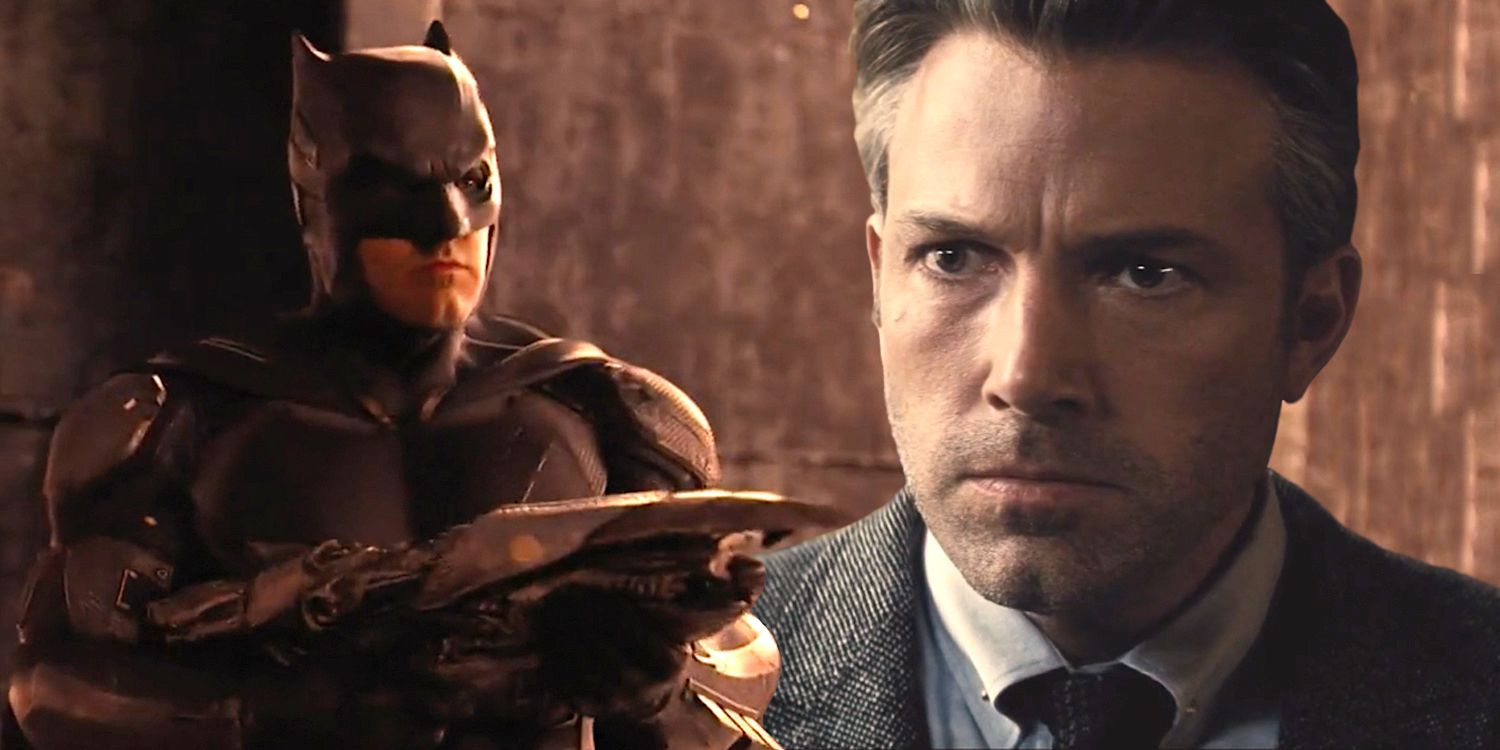
Batman’s role in the Justice League is always a little funny because he’s naturally nowhere near as powerful was the rest of the League. It’s easy to write him as a tactician, strategist, and leader, but it’s difficult in both movies and comics to find a way to make him relevant in big battles. In Batman v Superman’s end battle against Doomsday, for example, he mostly keeps to the shadows, only delivering occasional support, such as a precisely timed kryptonite gas grenade to Doomsday before Superman’s killing blow.
The same struggle is present in Justice League. In the final act of the theatrical cut, Batman takes down the shield and distracts the parademons in the Batmobile, but once the vehicle is destroyed, he fades from relevance until after Steppenwolf is defeated. He gets ahold of a parademon rifle and can be seen using that to give support to the rest of the team.
In Zack Snyder’s original version, Batman gets ahold of a much bigger gun. After ejecting from the Batmobile and assaulting the nuclear silo, there’s a brief shot where an Apokaliptan gun emplacement can be seen in the corner of the screen. Thanks to some concept art and confirmation from Zack Snyder himself, we know Batman was supposed to man that gun, surely making him a much bigger threat throughout the battle.
Silas Stone Gave the Closing Monologue, Not Lois

The ending montage also saw a few notable changes. Since the original movie focused so much more on Cyborg, the ending montage was actually supposed to come from Silas Stone, not Lois Lane, after Cyborg discovers a video message left for him by his father.
Because Silas was supposed to be dead, that also means the moment of Cyborg forming his iconic chest piece was either absent entirely or played out differently.
Post Credits Scene
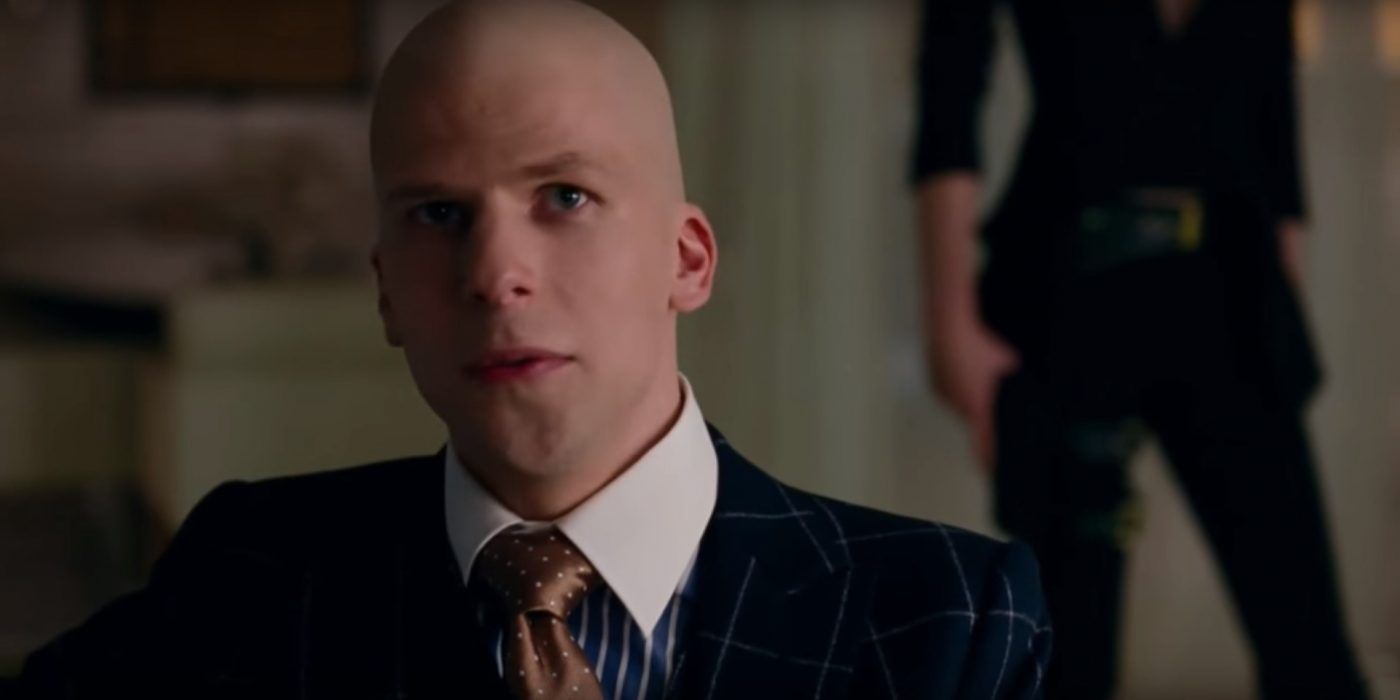
Lex Luthor’s role in the movie was limited to a post-credits scene, but even that moment saw alterations by Joss Whedon. While most of it played out as Snyder shot, green screen footage of Jesse Eisenberg recording alternate dialogue can be seen in a behind the scenes video from Whedon’s cinematographer, meaning the Legion of Doom tease at the end was not in the Snyder Cut.
MORE: What Was Zack Snyder's Original 5 Movie DCEU Plan?
from ScreenRant - Feed https://ift.tt/2DseP9Y





No comments: